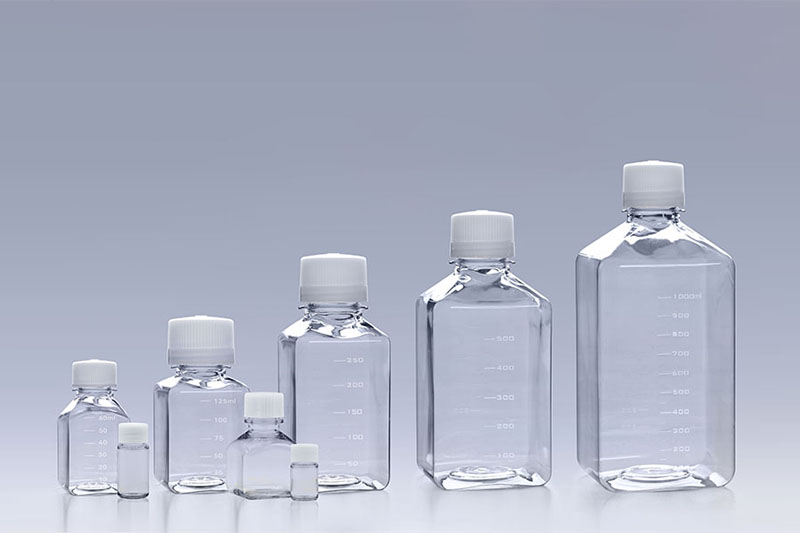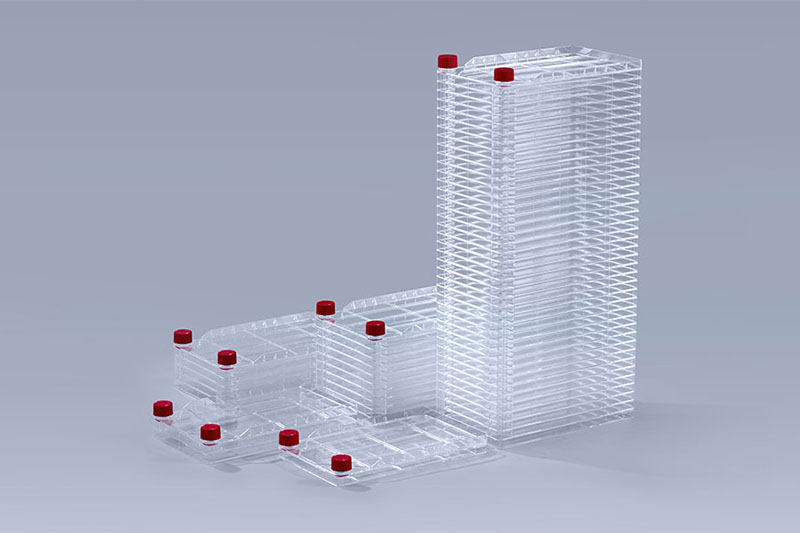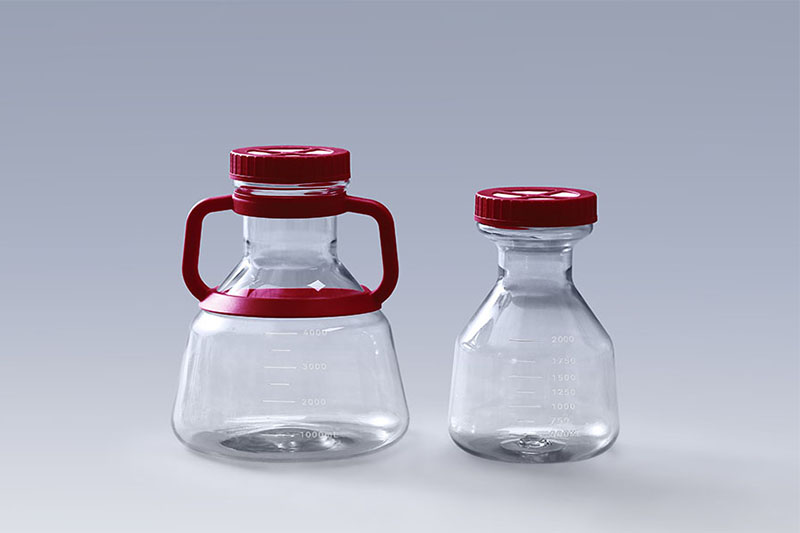Apr. 17, 2023, the U.S. Food and Drug Administration approved Omisirge (omidubicel-onlv), a substantially modified allogeneic (donor) cord blood-based cell therapy to quicken the recovery of neutrophils (a subset of white blood cells) in the body and reduce the risk of infection. The product is intended for use in adults and pediatric patients 12 years and older with blood cancers planned for umbilical cord blood transplantation following a myeloablative conditioning regimen (treatment such as radiation or chemotherapy).
“Today’s approval is an important advance in cell therapy treatment in patients with blood cancers,” said Peter Marks, M.D., Ph.D., director of the FDA’s Center for Biologics Evaluation and Research. “Hastening the return of the body’s white blood cells can reduce the possibility of serious or overwhelming infection associated with stem cell transplantation. This approval reflects the FDA’s continued commitment to supporting development of innovative therapies for life-threatening cancers.”
Blood cancers are a form of cancer caused by uncontrolled growth of cells in the blood, disrupting the ability of blood cells to perform their normal functions. This abnormal cell growth often begins in the bone marrow, which is made up of stem cells that form into different types of blood cells with specific functions in the body. Blood cancers represent about 10% of all cases of cancer each year in the U.S. Blood cancers can be fatal, with varying survival rates based on multiple factors including the specific type of blood cancer diagnosed. This type of cancer can also cause serious and damaging effects to the body and lead to symptoms such as fatigue, bone and joint pain, night sweats, infections, weakness, weight loss and fever.
Stem cell transplantation is a common treatment for blood cancers. It involves putting healthy stem cells into the body to help restore the normal production and function of blood cells. One source of healthy stem cells is umbilical cord blood. Generally, before receiving this kind of transplant, the patient will undergo a course of treatments to remove their own stem cells and prepare the body for the new stem cells. This process may include undergoing therapies such as radiation or chemotherapy, both of which may weaken an individual’s immune system. As a result, a frequent and serious risk of this treatment is the occurrence of severe and sometimes deadly infections.
Omisirge, administered as a single intravenous dose, is composed of human allogeneic stem cells from umbilical cord blood that are processed and cultured with nicotinamide (a form of vitamin B3). Each dose is patient-specific, containing healthy stem cells from an allogeneic pre-screened donor, meaning it comes from a different individual rather than using the patient’s own cells.
The safety and effectiveness of Omisirge was supported by a randomized, multicenter study comparing transplantation of Omisirge to transplantation of umbilical cord blood, in subjects between the ages of 12 and 65 years. The study enrolled a total of 125 subjects. All subjects in the study had confirmed blood cancers. The efficacy of Omisirge was based on the amount of time needed for recovery of the subject’s neutrophils (a type of white blood cell that helps protect the body from infections) and the incidence of infections following transplantation.
Eighty-seven percent of subjects who were randomized to receive Omisirge achieved neutrophil recovery with a median of 12 days following treatment with the product, compared to 83% of subjects who were randomized to receive umbilical cord blood transplantation and who achieved neutrophil recovery with a median of 22 days. Bacterial or fungal infections by 100 days following transplantation were seen in 39% of subjects receiving Omisirge versus 60% of subjects in the control group who received umbilical cord blood.
Treatment with Omisirge has the potential to cause severe side effects, which must be considered in assessing the risks and benefits of using this product. Similar to all approved umbilical cord products, the label carries a Boxed Warning for infusion reactions, graft versus host disease (GvHD – a condition that occurs when donor bone marrow or stem cells attack the graft recipient), engraftment syndrome (characterized by a noninfectious fever and rash), and graft failure (occurs when new cells do not produce white blood cells, red blood cells and platelets).
The most common adverse reactions associated with Omisirge included infections, GvHD, and infusion reactions. Patients who receive Omisirge should be monitored for signs and symptoms of infusion reactions, GvHD, engraftment syndrome, graft failure, transmission of serious infections or rare genetic diseases from the donor cells, as well as life-long for secondary malignancies (cancers that can spread from the original site or emerge following treatment).
This application received Priority Review, Breakthrough Therapy and Orphan designations.
The FDA granted regular approval of Omisirge to Gamida Cell Ltd.
Source: https://www.fda.gov/news-events/press-announcements/fda-approves-cell-therapy-patients-blood-cancers-reduce-risk-infection-following-stem-cell
The FAI climbed 5.9 percent year-on-year in the first 11 months of 2018, quickening from the 5.7-percent growth in Jan-Oct, the National Bureau of Statistics (NBS) said Friday in an online statement.
The key indicator of investment, dubbed a major growth driver, hit the bottom in August and has since started to rebound steadily.
In the face of emerging economic challenges home and abroad, China has stepped up efforts to stabilize investment, in particular rolling out measures to motivate private investors and channel funds into infrastructure.
Friday's data showed private investment, accounting for more than 60 percent of the total FAI, expanded by a brisk 8.7 percent.
NBS spokesperson Mao Shengyong said funds into weak economic links registered rapid increases as investment in environmental protection and agriculture jumped 42 percent and 12.5 percent respectively, much faster than the average.
In breakdown, investment in high-tech and equipment manufacturing remained vigorous with 16.1-percent and 11.6-percent increases respectively in the first 11 months. Infrastructure investment gained 3.7 percent, staying flat. Investment in property development rose 9.7 percent, also unchanged.
 English
English



















































 PETG Media Bottles
PETG Media Bottles Cell Factory
Cell Factory Cell Culture Erlenmeyer Flask
Cell Culture Erlenmeyer Flask